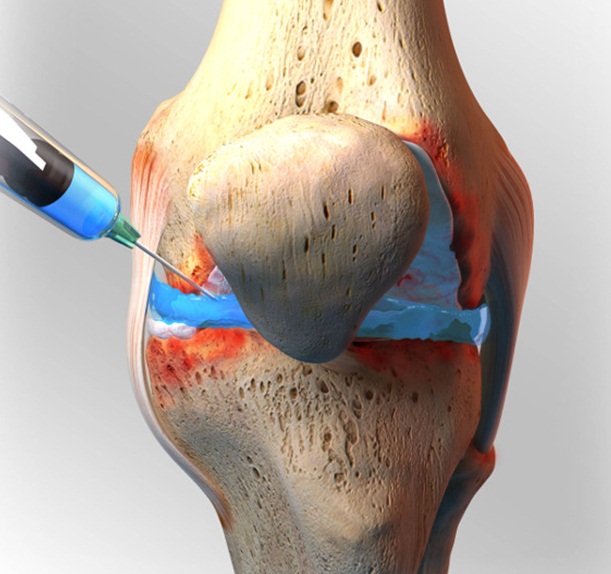For those of us who have experienced knee pain, we know it is not a fun thing to endure. Knee pain is actually a very common problem and responsible for over 1/3 of doctor visits made a year.If you are experiencing swelling, pain when bending and straightening the knee and difficulty lifting heavy objects, you may be experiencing a degree of knee pain, and likely, a knee injury.
Here are a Few Others
Bursitis is the inflammation of the sac that sits on top of your knee joint. Pain and swelling can occur when the bursa sac is overused, bent excessively or fallen on repeatedly. Those who kneel repetitively will often refer to this problem as ‘Housemaid’s Knee’ or ‘Preachers Knee’.
Illiotibial Band Syndrome is another possible culprit. This band, running from hip to the outer part of the knee, is a tough tissue, that when overused, can often cause pain or irritation.
Osgood-Schlatter Disease is a disease that is common in teenagers, both boys and girls, that causes knee pain. It occurs when the tendon that connects the kneecap to the shin is irritated. Again, this is caused by overuse or inflammation in the area. Petellar tendinitis is similar to this, and is often called ‘Jumper’s Knee’.
Osteroarthritis is a condition that occurs in those commonly over 50, and has to do with the bone in the knee, and will lead many adults to knee pain.
Patellofemoral pain syndrome is a condition commonly found in young girls, in which the muscle has an imbalance or the muscle around the knee is overly tightened.
A dislocated knee cap is another onlooker and can cause extreme knee pain, in that the kneecap literally shifts out of place.
Loose bodies in the knee may also cause pain. When cartilage breaks loose or is stuck it will cause the knee to freeze and swell excessively.
Now that we know some the culprits of knee pain, what can we do to treat and prevent these problems from occurring?
Many common forms of knee pain can go away with rest and relaxation. First and foremost, rest your knee. Applying ice and elevating the knee will help in recovery. When extra support is needed when walking or lifting heavy objects, use an elastic bandage to wrap the knee and prevent further injury. Anti-inflammatory medications will help with the pain.
If knee pain does not subside, it may be time to see your doctor, and possibly, depending on the severity of your case, request surgery to fix the problem.
After you have completed surgery, doctors will recommend how often to use and take care of your knee exclusively. Some may not be advised to walk or lift heavy objects for a period of time if they are able to avoid it.
Physical therapy and different types of stretching may be recommended to restore the knee to its original health.
When the condition lessens, or is taken care of, you can prevent further pain by taking care of your knees. Do this by stretching and resting the knee frequently. Also avoid lifting heavy objects until you are sure that your knee is completely healed. Even slight pressure may bring knee pain back.
Consult your doctor or speak to Mike Squirrell Physiotherapy in London Cityfor more information on knee pain and what you can do to find relief. Do not wait! Take care of your knee pain today!

